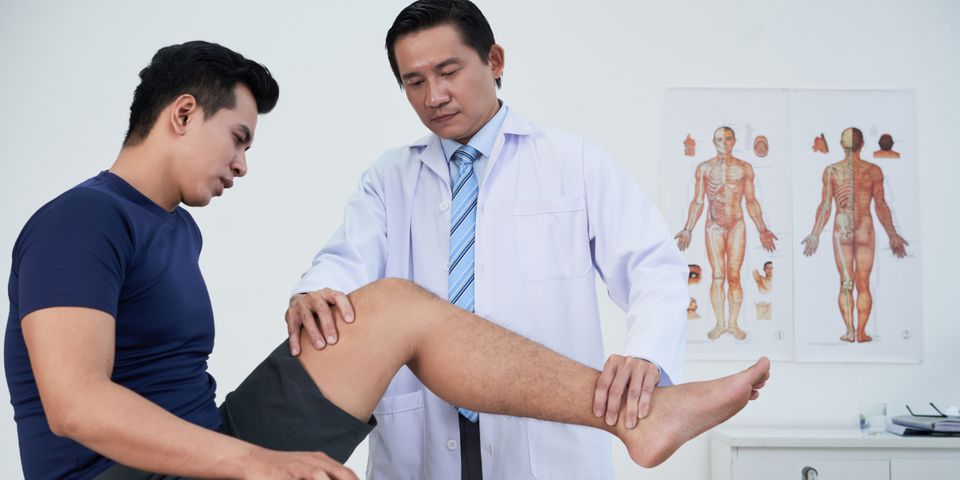
Runners across the world fear the day that the dreaded runner's knee catches up with them. This inconvenient and painful condition is characterized by swelling and tenderness in the knee, as well as a tendency for the knee to pop or grind when moving. It's a serious condition that may necessitate physical therapy. This brief guide explores the origin of this condition and how to treat it.

What Is Runner's Knee?
While it's called runner's knee, this condition doesn't only affect runners. Anyone who practices any kind of impact sport, from football and basketball, to running and skiing, can fall victim to runner's knee. It's also known as Iliotibial Band Syndrome or Patellofemoral Pain Syndrome, and it's caused by inflammation and irritation of the soft tissue of your legs, especially behind the kneecap. Runner's knee is caused by overuse of the leg and repeated stretching of the iliotibial band. It's often associated with new or irregularly intense exercise routines.
How Is It Treated?
Left untreated, this condition will continue causing pain and will worsen with time, but various treatments have shown to be effective at reducing pain and getting you back on your feet. When experiencing runner's knee, you should seek physical therapy at home as soon as possible. This should help the symptoms abate within one to two months. While waiting to see your physical therapist, you can keep your leg healthy by resting and keeping the affected knee iced, compressed, and elevated as much as possible throughout the day. Discontinue your running routine immediately.
How Can You Prevent It?
Since the most common cause of runner's knee is increasing your training intensity too quickly, the best way to prevent it is to go slowly. Only increase your routine in small increments, and don't push yourself when feeling tired or worn out. You can also help prevent this condition by strengthening the underlying muscles and tendons that cause issues. Squats, lunges, and wall sits will all increase the muscles in your thighs and knees, helping reduce the risk of runner's knee. You can also do knee and hip stretches to further aid muscle strength in the area.
If you're experiencing runner's knee and need a physical therapist, reach out to Orthopedic Associates of Hawaii in Honolulu. For over 50 years, this physical therapy facility has helped people of all ages recover after injury and get back on their feet. Learn more about their services online, and call (808) 536-2261 to schedule an appointment.
About the Business
(3 reviews)
Have a question? Ask the experts!
Send your question

